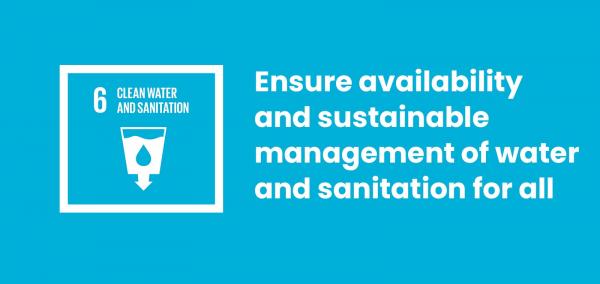Launch of UN-Water report for Improved Integration Across SDG6
24 Feb 2023 by The Water Diplomat

A new report launched by UN Water on the 16th of February reviews the range of targets and indicators across Sustainable Development Goal 6 (SDG6) on water and sanitation and reviews options for closer integration across these targets. In describing the motivation for the report, Marianne Kjellen, senior water advisor UNDP, underlined the fact that the task of UN Water is to coordinate the activities of the different UN agencies with water and sanitation related mandates on water and sanitation issues. However, she noted, there has been discussion around enhancing the mutual integration of the work of the different UN bodies on water, especially at the country level, around the joint goal of ‘delivering as one’ and prioritising support to national governments. Some concerns have been raised around the fragmentation of the work of different UN agencies and in particular a lack of coordination between Water, Sanitation and Hygiene (WASH) on the one hand and Water Resources Management (WRM) on the other hand, as they are instituted by different bodies.
To develop a strategy for country level engagement of UN Water through the UN country teams, a study group drawn from UNICEF, UNDP, and the SIWI Water Governance Facility conducted research into opportunities for enhanced integration. The research drew lessons from 11 case studies across a wide range of countries and thematic areas and proposed a list of 18 areas where collaboration can be improved, which are in turn structured around five key outcomes. These outcomes are, in turn, equitable water resource allocation, a focus on sustainable water management, increased flood and drought resilience, more climate resilient WASH, and Integrated Water Resources Management (IWRM). For example, in order to achieve equitable water resources allocation, water allocation for domestic uses needs to be prioritised even against the background of competing water uses. This vision is needed also in the context of inter-basin transfer schemes which may overlook users both in the donor and in the recipient catchment. Also, water infrastructure development must have a multi- purpose orientation from the outset so as not to exclude particular user groups a priori.
